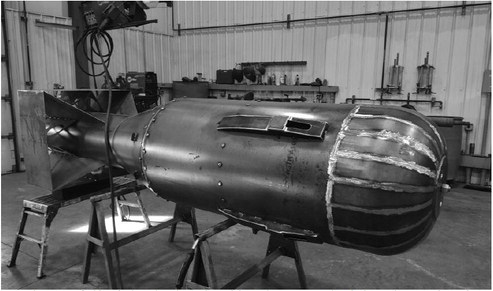Combat Parts makes atomic bomb replica for Highground


DEAN LESAR
TRIBUNE RECORD GLEANER
As the director of the museum at The Highground veterans memorial park west of Neillsvil...


DEAN LESAR
TRIBUNE RECORD GLEANER
As the director of the museum at The Highground veterans memorial park west of Neillsvil...